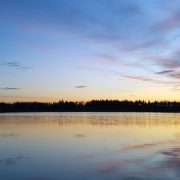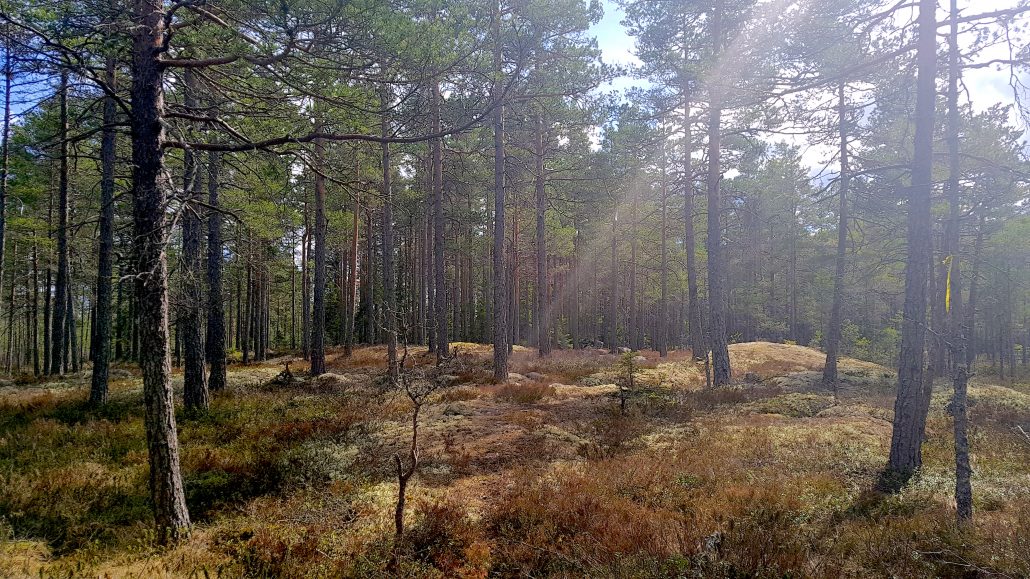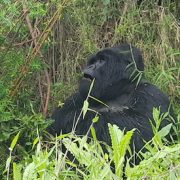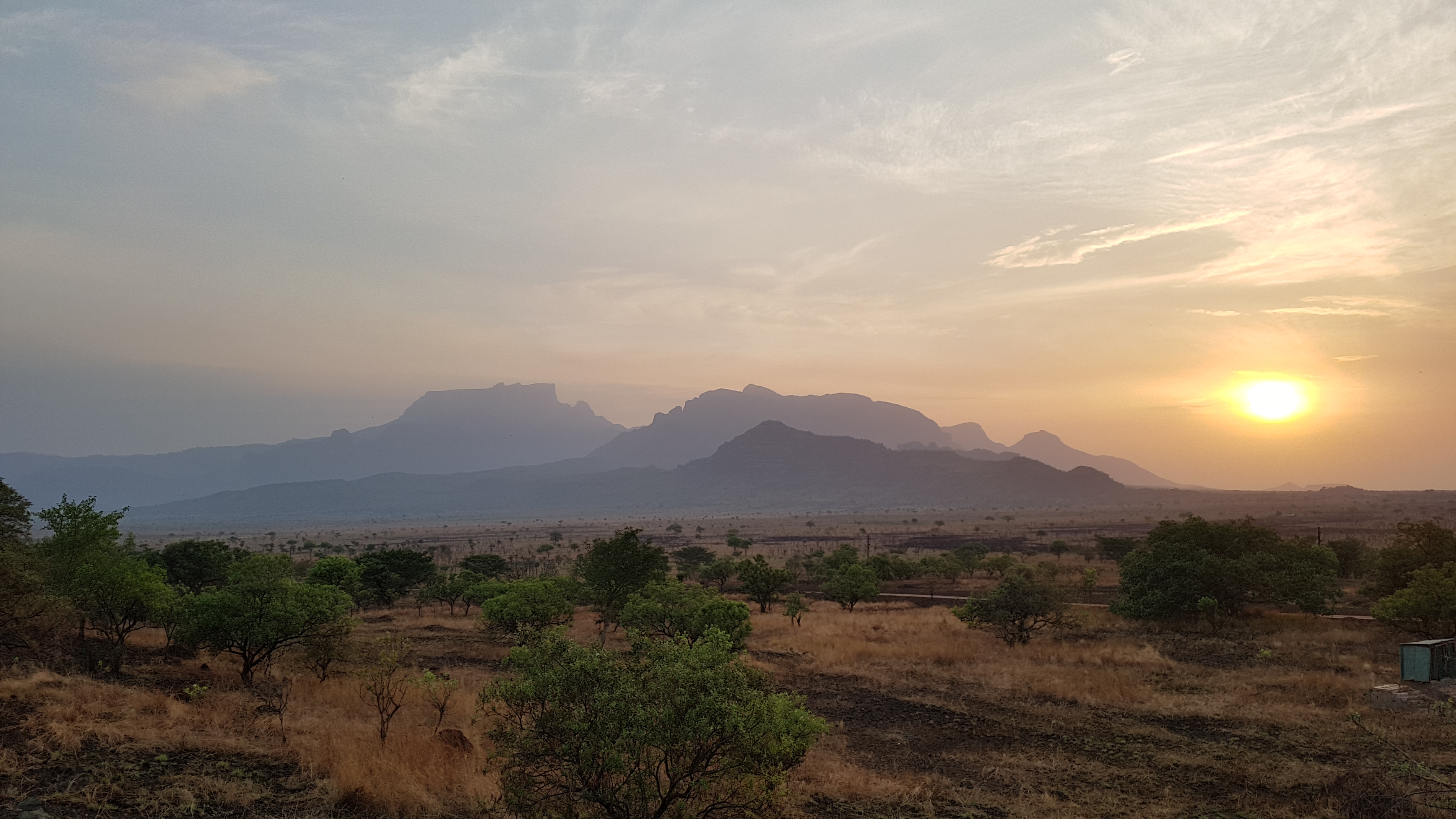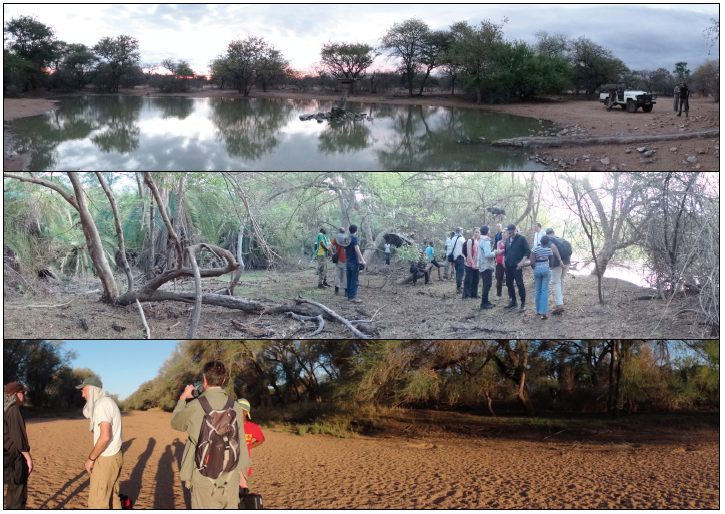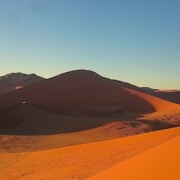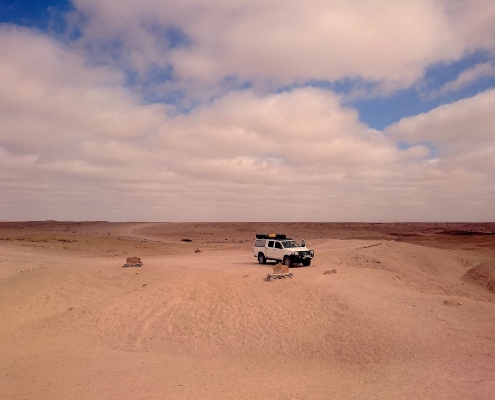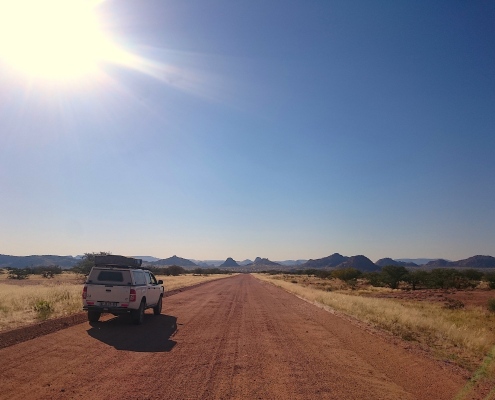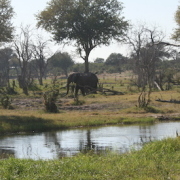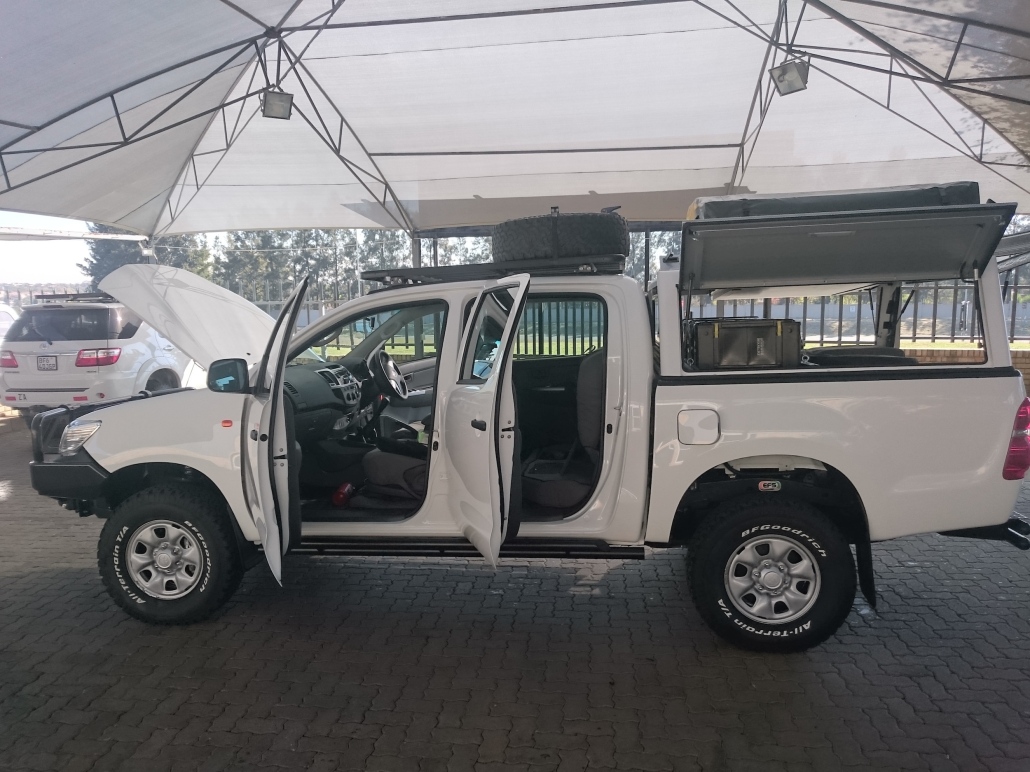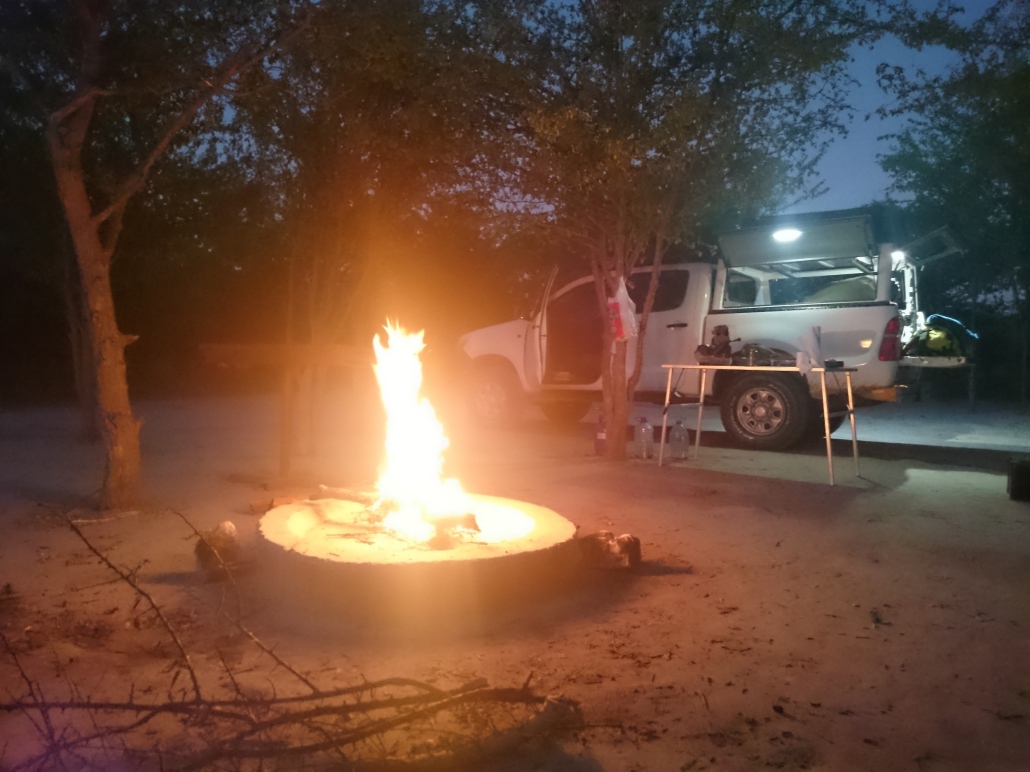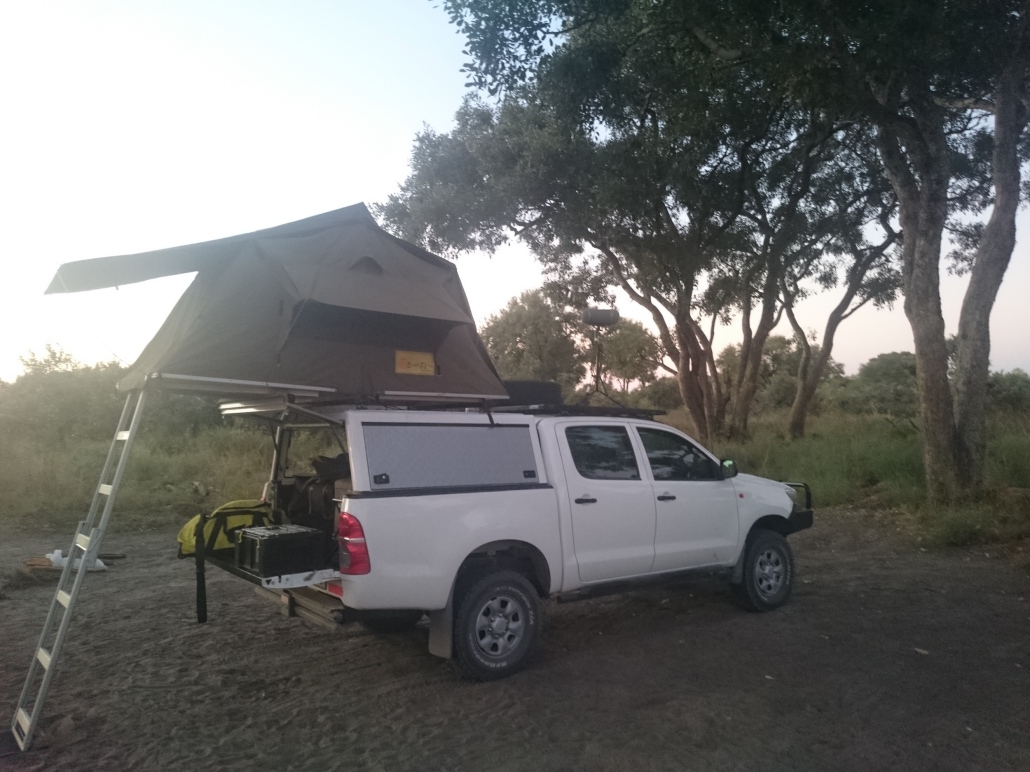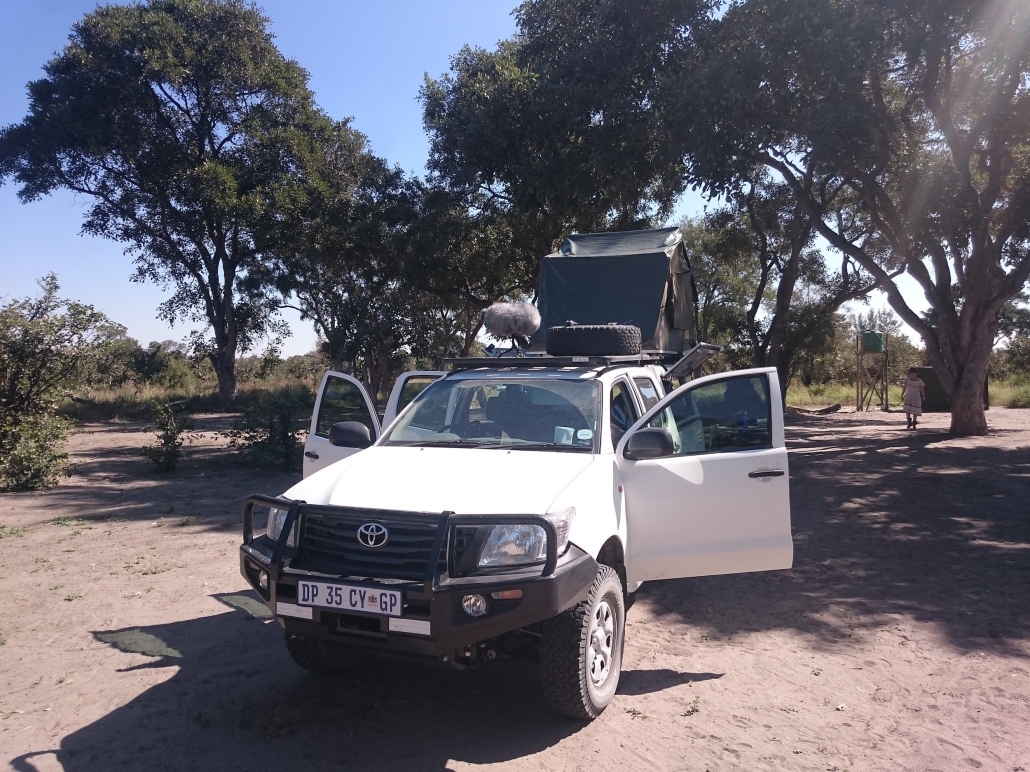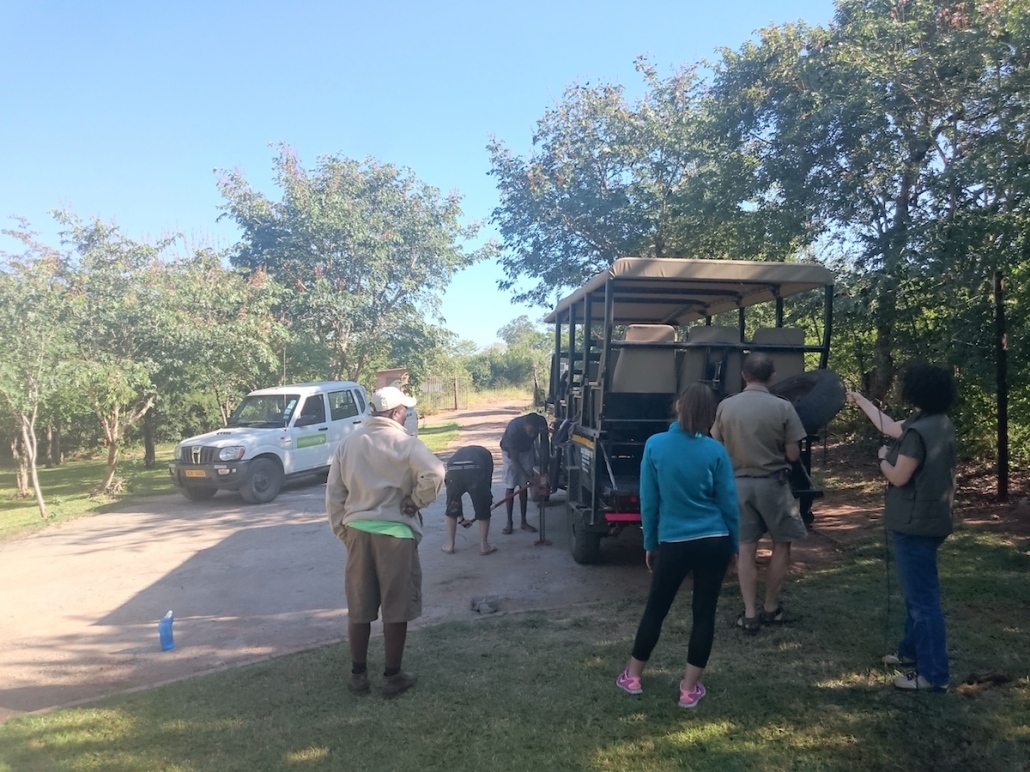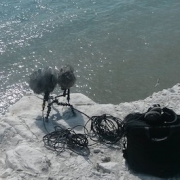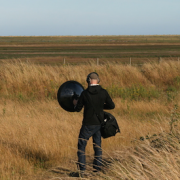Black River Sweden: field recording trip
Anyone who likes to go out into Western European nature for sound recording or listening knows that finding good sites can be a challenge – air traffic and road noise, human overpopulation and wildlife underpopulation; the frustrations are familiar.
But for me, the allure of Sweden as a recording destination has always been strong: I imagined endless forests, a low density of humans and noise, plus a healthy mix of wildlife for European standards. And learning about the Black River sound recording trip, which had its inception in 2017 and was now due for its second instalment in April 2018, I finally had a good opportunity to see and hear it for myself.
Browsing their site, I immediately took a liking to their down-to-earth approach: just join them to a special part of Swedish nature which they know well, and make up your own plan while you’re there. Rent a bike or canoe, or just hike and discover sounds and good recording spots by yourself. And in between these bits of exploration, they will take you to sites deep in the forest and soggy bogs where unique and delicate wildlife events are taking place that time of year. Specifically for April, that meant the western capercaillie and black grouse “leks”: the mating rituals where males try their hardest to impress the ladies.

